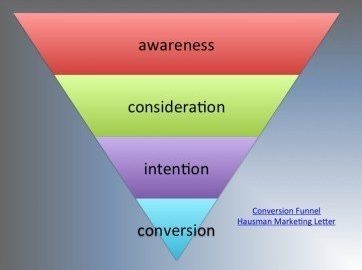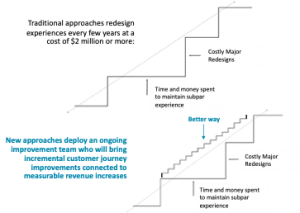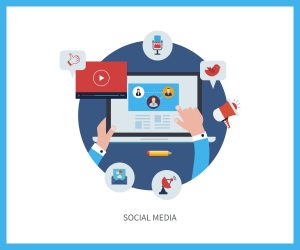 Photo by Anna Shvets from Pexels
Photo by Anna Shvets from Pexels
As a good product manager, you routinely monitor key metrics that track the performance of your product only to find your product isn’t selling over a period of time. Sure, you didn’t expect product sales to take off like a rocketship (although that would make you supremely happy), but your product’s been on the market awhile and sales are dismal. What should you do next? Well, the answer depends on a variety of factors. Today, we’ll discuss 4 factors contributing to poor product sales.
Product factors impacting sales
If your product isn’t selling, the first step is to investigate WHY sales lag. Making changes to your marketing strategy must follow a structured investigation of factors causing the problem.
Sometimes, a product’s sales fail to meet expectations due to normal variations sales across the product category, since sales don’t always occur at the same level but reflect small variations over time. For instance, sales of steaks in supermarkets increase over the summer, when more people grill versus other parts of the year. Over-correcting when no underlying problem exists results in yo-yoing sales and unnecessary marketing expenses.
Think of this as a golfer who shot her ball short of the hole. She overcompensates by hitting the ball too hard, sending it past the hole. Recognizing her error, she hits the next shot too softly and the ball falls short of the hole. Back to a harder swing, she now overshoots the hole again. Her strategy resulted in a poor score to achieve her goal (ball in hole). If, instead, she took the time to study her shot, estimate the force necessary to drop the ball in the hole, her score improves. That’s what businesses face when they feel forced to react to every blip in their sales figures.
Your investigation when your product isn’t selling should start by looking at these factors:
- Stage in the product life cycle
- Economic conditions
- Changes in consumer wants and needs
- Competitor’s actions
1. Stage in the product life cycle
Products, just like living things, have a finite lifespan. They are born (introduced to the market), thrive, then die. Different products have a different lifespan, and there are tools to extend that lifespan, but, ultimately, they all die. Critically important for guiding your marketing strategy, different strategies are appropriate at different stages in the product life cycle and different problems are to blame when your product isn’t selling depending on the product’s position in its lifespan. Note in the image below how sales and profitability change over time. The image reflects the normal growth process.
We’ll talk about his factor and how to counteract the effects naturally occurring at various stages in the product life cycle later.
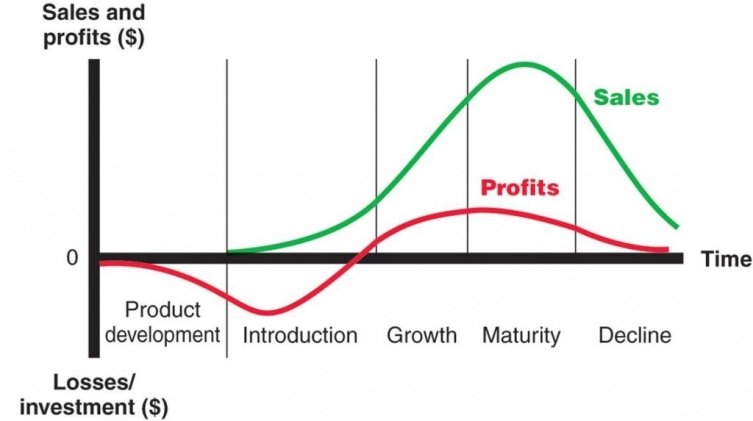 Image courtesy of Marketing Insider
Image courtesy of Marketing Insider
2. Economy
Economic change, especially change in consumer confidence, greatly impact sales and not always in the direction you expect. Some products perform better in poor economic conditions while others perform poorly in this situation.
Gathering economic data is relatively fast and easy. Use metrics and statistical analysis to determine whether economic variables correlate with your product’s sales drop. If so, there’s probably nothing you can do except wait for the economy to improve, although advertising messaging focused on the value of your product or including discount offers might counteract the decline in economic conditions.
3. Changing consumer wants and needs
Over time, consumers change the types of products they buy. For instance, technological changes made Blackberry’s obsolete because they couldn’t access the internet easily nor could they download and run popular apps. Their sales quickly plummeted.
In other cases, consumers just change the way they interact with commercial businesses. For instance, many travelers now prefer house-shares like Airbnb over hotels, especially for personal travel as house-shares offer more amenities for less money.
Consumers are fickle and if your brand isn’t constantly innovating to take advantage of these changes in consumer wants and needs, you’re already on your way to extinction, just like Blackberry.
4. Competitor’s actions
Your product isn’t the only one available in most markets. Instead, consumers consider your product and look for advantages offered over your competition in determining which product to purchase. If your competition ups their game with new product offerings, better customer service, improved availability, lower price, or better messaging, that explains why your product isn’t selling.
That’s why it’s important to constantly scan your market for changes in consumer wants/needs or changes in options offered by your competitors.
Your product isn’t selling
OK, so in the introductory stage of the product’s life cycle, your product isn’t selling because your launch went poorly. Bringing a product to market is no easy feat, so it’s extremely disheartening to launch your new baby into the world only to find that no one wants the product. But just because no one bought your product yet doesn’t mean they never will. Here are four reasons why your product isn’t selling and what you can do to turn the situation around.
1. They don’t know your product exists
Successful product launches require months of careful market planning and implementation to ensure your target audience knows about your brand, how it solves their problems, and its advantages over competitive brands.
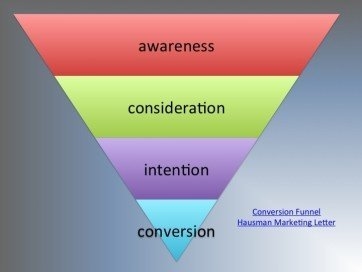 You identify this problem by monitoring metrics at the awareness stage of the conversion funnel, such as website click-through rates, social media engagement, and following. If you find poor performance across these metrics and the ROI on your marketing campaigns is low, question your marketing strategy.
You identify this problem by monitoring metrics at the awareness stage of the conversion funnel, such as website click-through rates, social media engagement, and following. If you find poor performance across these metrics and the ROI on your marketing campaigns is low, question your marketing strategy.
Focus on creating an awareness campaign aimed at your target audience to get your product in front of the right people.
2. Your branding is wrong
Modern-day consumers eat with their eyes before opening their wallets, so it is essential that you create captivating branding that appeals to your audience and helps you stand out from your competitors. If your branding is wrong, it sends the wrong message or one that doesn’t resonate with your target market.
Discover how your target market views your brand by scraping social media mentions, looking at more than summaries of positive or negative mentions to develop a more nuanced view of words used by your market to imagine your brand. If the brand image expressed by your market doesn’t fit the messaging you’re sending or, worse, the brand image is poor, you must address this problem quickly.
Once again, the good news is that poor branding is readily fixed in the early stages of your business by working with the right company. For more established brands, re-branding is harder, but not impossible.
3. Your website design sucks
Throughout the customer journey, options to lose a sale abound. A slow website, one with broken links, or a glitchy checkout page is a recipe for disaster and will likely cause prospective customers to abandon their carts.
If you’re getting plenty of clicks to your site but few sales, an audit is necessary to uncover problems and fix them quickly.
4. They don’t trust you yet
Last, but not least, you must work on building trust with your audience. People are naturally skeptical about spending money on new products (at least products new to them). Building brand trust doesn’t happen overnight, hence your branding campaigns should focus on authentic, principled communication to engender trust. Open and bi-directional communication and community building also supports trusting relationships with customers.
Build your community across as many channels as your target marketing uses and focus on always over-delivering to nurture existing and new customers so they leave positive reviews and testimonials that demonstrate trustworthiness in support of future marketing efforts.
So there you have it. Four reasons why your product isn’t selling and what you can do about each type of problem. Do any sound familiar?
Business & Finance Articles on Business 2 Community
(28)
